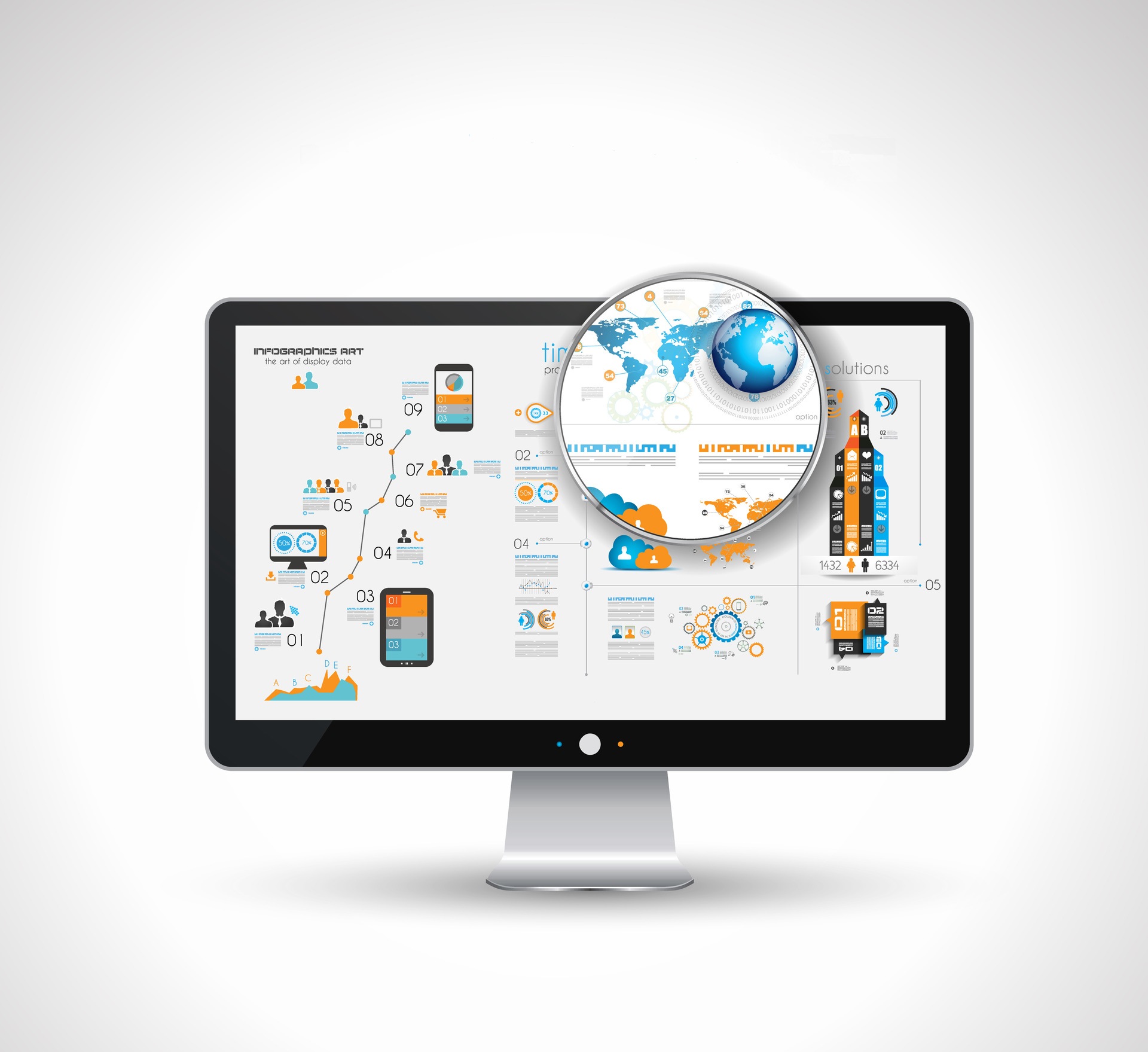Creating A Project Management Timeline: Simple Steps To Get There
Working without a proper project plan will not serve any of your business goals. It is very important to have a well-defined Project Management timeline that will help you set clear priorities and directions for your business.
What Benefits Can A Project Management Timeline Offer You?
A Project Management deadline is critical for any business. It is beneficial to serve a variety of goals of an organization.
- Keeps everyone on the same page
- Helps in making decisions as per the priorities
- Aligns everyone's objectives and goals
- The entire team is fully aware of what tasks are needed to be accomplished
- Forming a project roadmap aids you in tracking and managing planned activities, project progress, and project timeline
- When developing your Project Management timeline, it must reflect your long-term objectives and timeframe, and take you into detail
Simple Steps For Creating A Project Management Timeline
Defining Your Project Goals
Creating a Project Management strategy begins by getting a thorough understanding of the outcome. It can be the outcome on which you and your client have agreed or a business objective that you would want to accomplish with a long-term project. Clarifying all doubts in the planning phase simplifies the prioritization procedure. Ensure to ask for approval of each and every person for the end goal.
Determine Project Dependencies
Dependencies are operations that can’t be initiated until another task is completed. Though determining dependencies for your Project Management timeline is relatively straightforward, you may have to deal with complicated procedures and mapping dependencies, which may require a good amount of analysis.
Determine Total Time Needed For Each Task
Refer to your dependency chart to find out how long it takes you to accomplish each and every task. Assume that the project team is diligent in working on the task and without any delays. If you are not able to precisely estimate the required time, then you should work on this area with an expert who would guide you to accomplish this task.
Identify Resource Availability
You need to ensure that your team members have adequate resources to work on an allotted task. It may require only a day of your dedicated work to accomplish an assignment, but you may require to expand the designated time if there are several other projects at the same time.
Figure Out The Best Method To Visualize The Roadmap
You should use α timeline template to track the progress of your project and communicate it in status meetings. To obtain maximum benefit from your project plan, you should visualize it and make it logical. You should answer a few questions to determine which layout will be ideal to use.
Jot Down Significant Milestones
Milestones are actionable steps that take you towards the actual goal. Setting up a milestone is a great way to schedule, illustrate, and evaluate the entire progress of your project. It can signify major meetings, project phases, approvals, or partly delivered work. By disintegrating large projects into smaller size chunks, your team can easily track every phase of the project and notice the shortcomings too.
Decide The Timeframe
Once the list of all significant project milestones is made, it is the moment to set a reasonable timeframe to achieve each of your objectives. It is advised not to overestimate the capacity of your team in this planning phase. Not being able to meet the earlier milestones will leave you with less time for the later ones. This can result into several crossed deadlines. So, the right strategy is to consider how much work and resources you need to reach each milestone and then start working on it.
Setting Up Your Project Management Timeline
By getting a clear overview of project milestones, goals, and timeframe, you can now create the timeline. There are several tools available that would assist you in creating an actionable project plan. You need to think twice prior to downloading an Excel project template. These templates are easily available and lack the flexibility to plan complex projects. Some Project Management tools also provide a dashboard that enables you to track all your projects on one page.
Conclusion
Thus, a Project Management tool assists you with each and every aspect of Project Management that includes task management, work planning, business intelligence, and budgeting.








